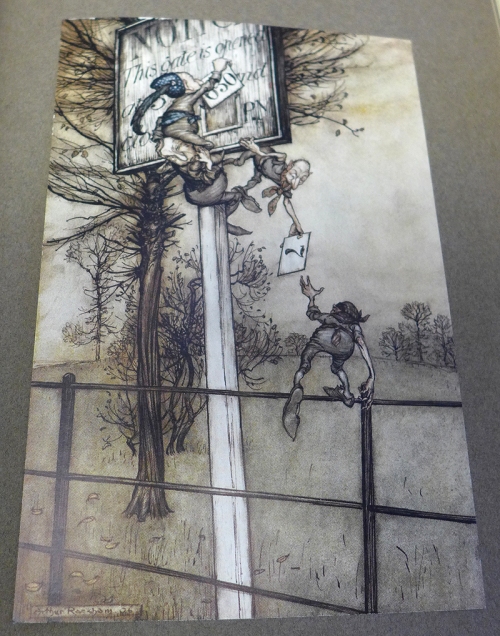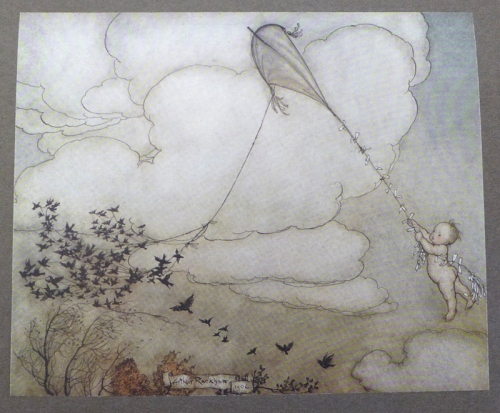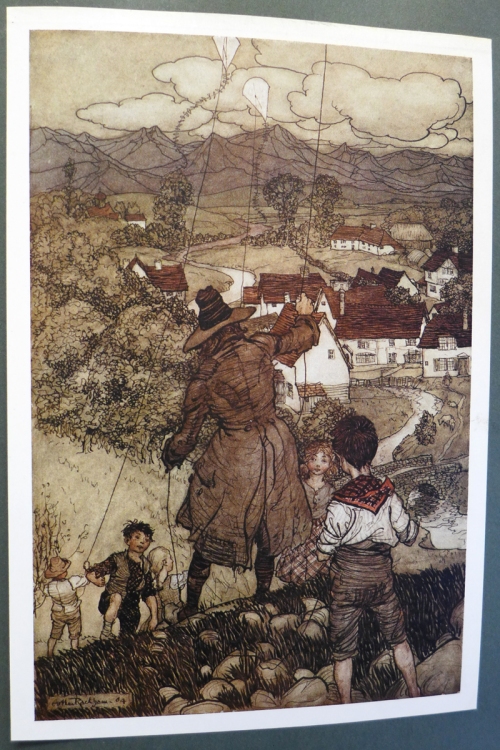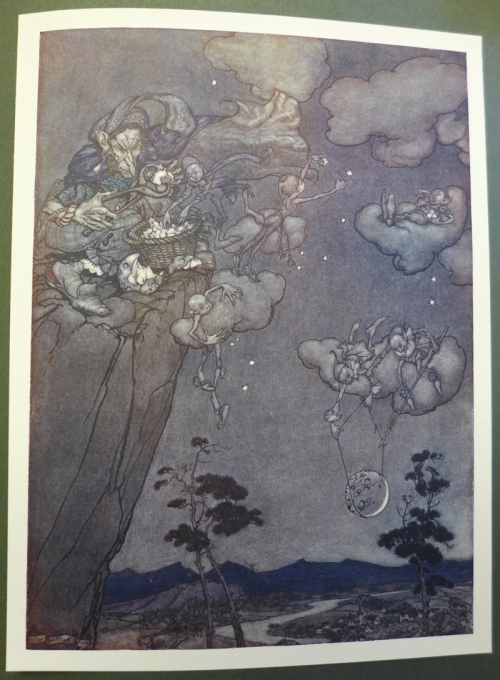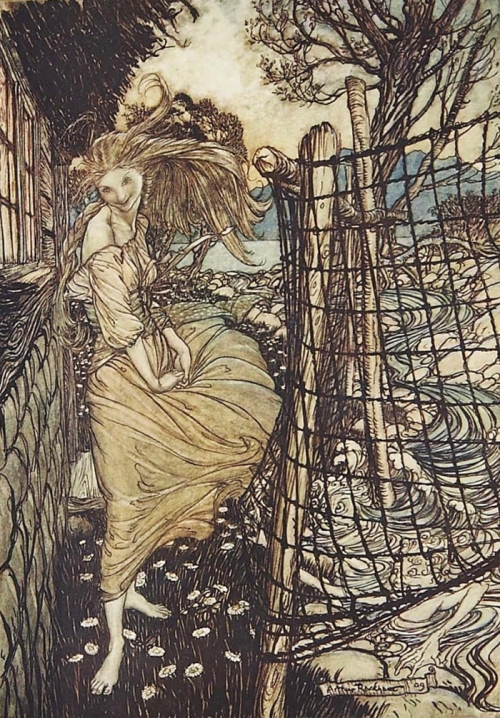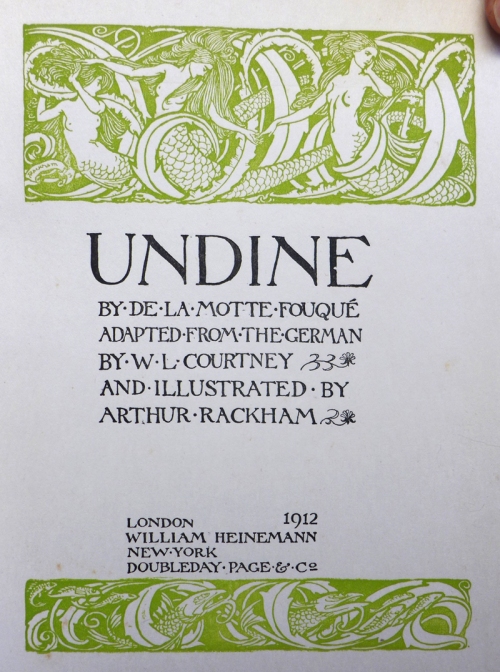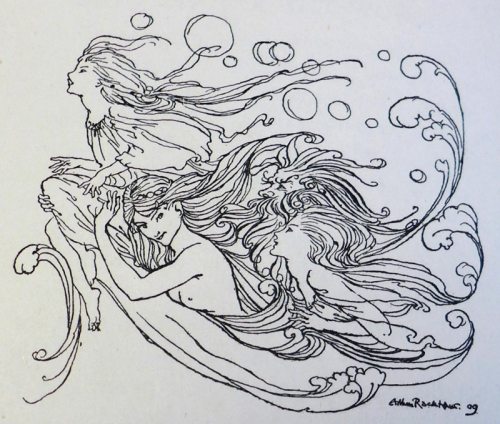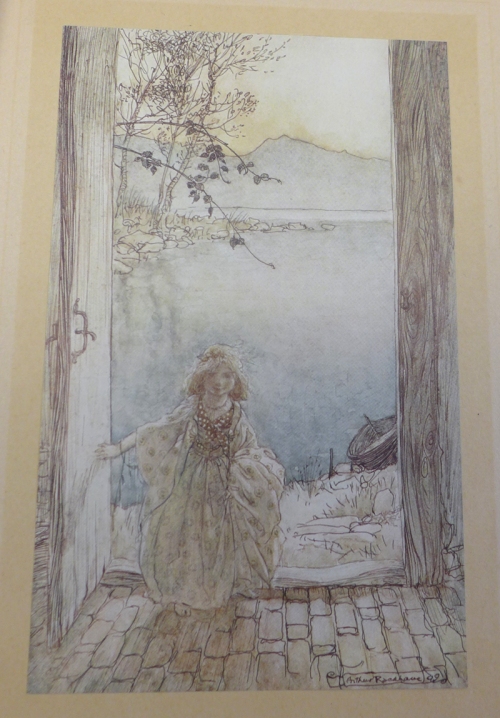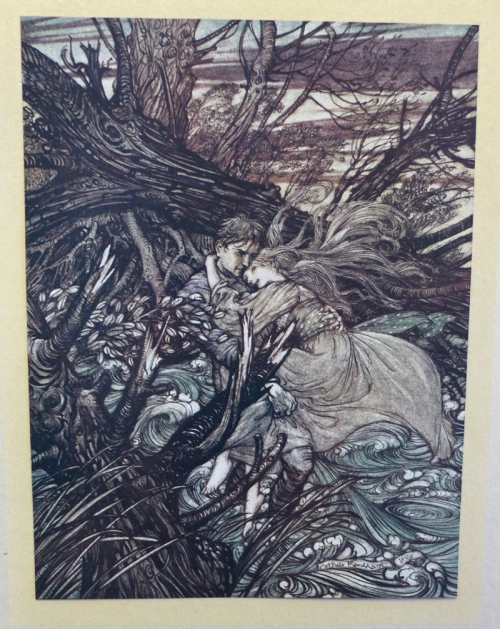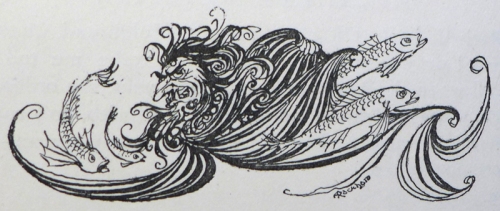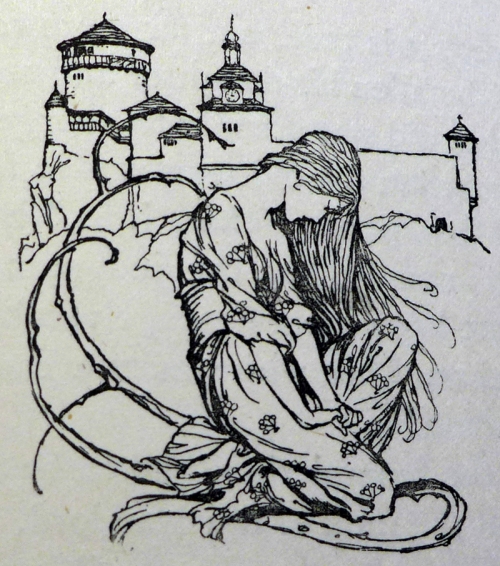Sometimes in this business you get the royal treatment. Drivers picking you up at the airport, luxurious hotel stays, lines of fans.
A week ago I was in Chicago for the Chicago Public Library’s annual Bookamania. I’d never heard of Bookamania and didn’t know what to expect when I was invited to participate several months ago. Turns out it’s a fairly big deal. Funded by Target, nearly 6,000 people attended the one-day event last year. It’s held in the Chicago central library branch, the Harold Washington Library.
Along with a dozen different performances and activities that filled the day, four authors and illustrators were invited to do presentations, sign books and meet with kids and their parents, including me, Kady MacDonald Denton (the illustrator of the Mouse and Bear books) the legendary Ashley Bryan and funny author/illustrator Dan Santat.
Mouse and Bear were everywhere. Kady donated artwork of Mouse and Bear which became the “face” of this year’s Bookamania—including posters, t-shirts, flyers and name badges.
The best part of the day, however, was getting to meet Kady, the illustrator of the Mouse and Bear books. We’d never met or talked in person. The author and illustrator rarely interact in the creation of a book. We usually communicate through the editor or the art director. But I’ve wanted to meet Kady for a long time.
She is at least half of the making of Mouse and Bear. One of the happiest moments in my life as an author was when I saw Kady’s early sketches for Mouse and Bear. I knew that Kady was the perfect artist for those two.
We didn’t get to chat as much as I would have liked even though we were there for four hours. We were busy pretty much non-stop signing our own books as well as mini-autograph and memory books the kids could fill out.
Among the activities for the day were arts and crafts focused around the featured authors. Here kids get to make a pencil featuring a bear’s head complete with googly eyes.
 In town for less than 24 hours, I did manage to get in a quick visit to Millenium Park. It was a cold gray day in a city that feels somehow gritty and industrial despite its amazing architecture. So it was an unexpected lift to see this giant head by Barcelona artist Jaume Plensa. It seems to float above the landscape.
In town for less than 24 hours, I did manage to get in a quick visit to Millenium Park. It was a cold gray day in a city that feels somehow gritty and industrial despite its amazing architecture. So it was an unexpected lift to see this giant head by Barcelona artist Jaume Plensa. It seems to float above the landscape.
The sculpture is scheduled to be up only until Dec. 2015. But if I were Chicago I’d make it permanent.
Seattle has its won Plensa head installed this summer.
All in all, a fast, but wonderful trip.











